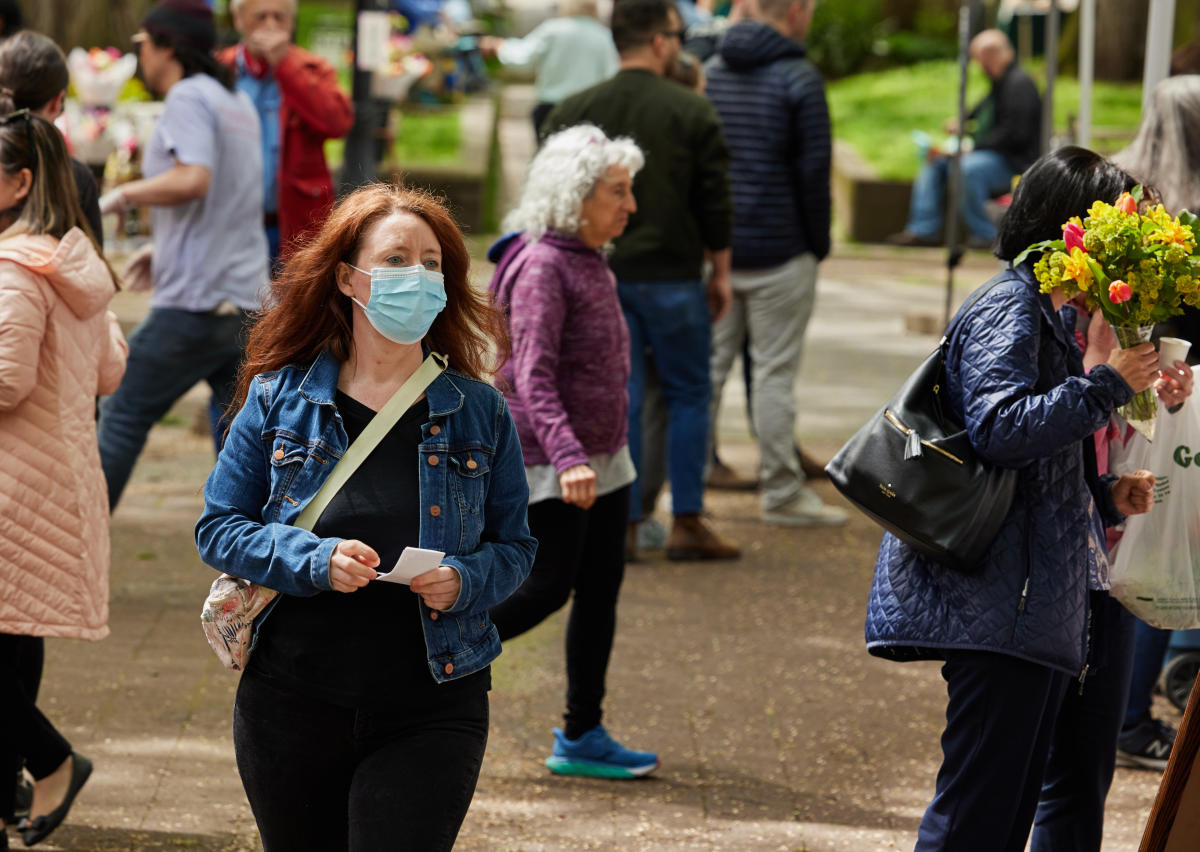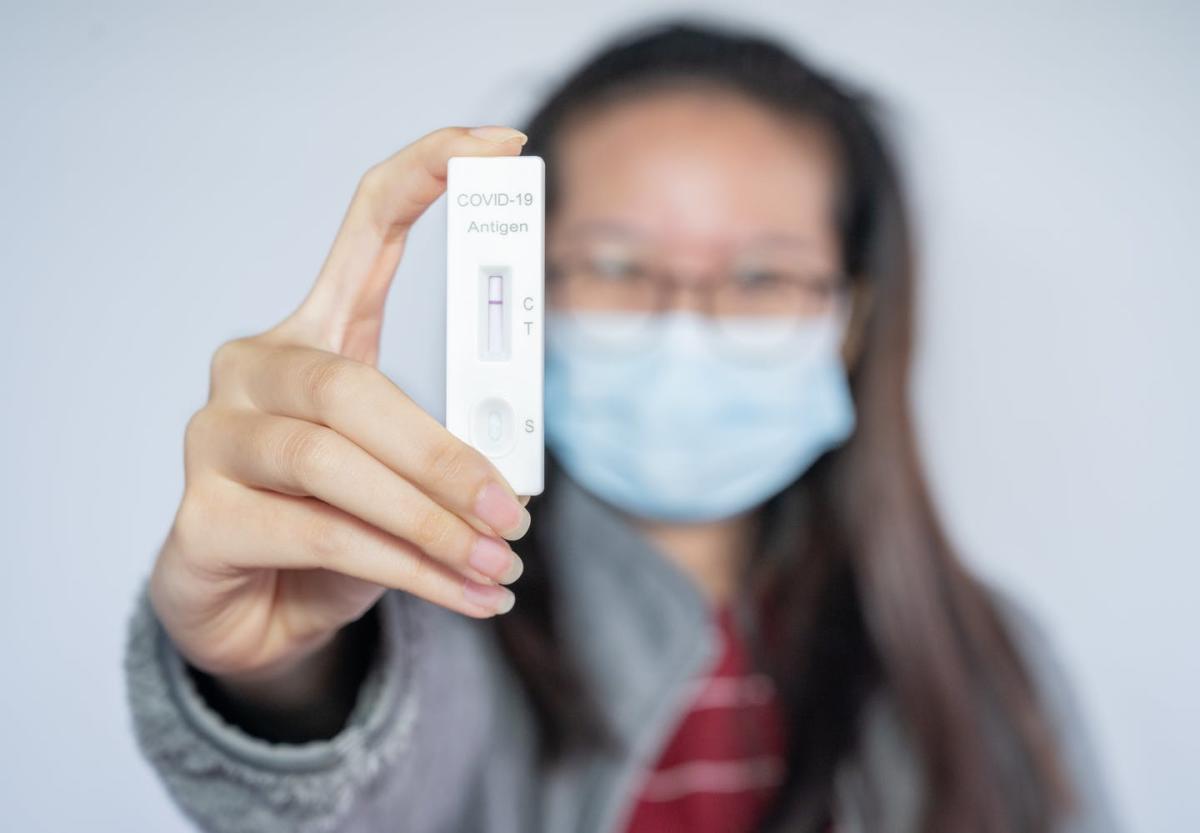Moderna’s COVID-19 vaccine was “found to be safe and effective in inducing immune responses and preventing COVID-19,” according to an analysis of the results of the vaccine trials in children ages 6 to 11, but a closer look reveals the vaccine delivered more risk than benefit.

childrenshealthdefense.org
(fair use applies)
Moderna Vaccine Delivered More Risk Than Benefit in Trials for Children 6 to 11, Despite New York Times Positive Spin
Moderna’s COVID-19 vaccine was “found to be safe and effective in inducing immune responses and preventing COVID-19,” according to an analysis of the results of the vaccine trials in children ages 6 to 11, but a closer look reveals the vaccine delivered more risk than benefit.
By
Madhava Setty, M.D.
05/17/22
Two doses of Moderna’s
COVID-19 vaccine “were found to be safe and effective in inducing immune responses and preventing COVID-19,” according to an
analysis of the results of Moderna’s vaccine trial in children ages 6 to 11.
However, a closer look at the analysis, published May 11 in the New England Journal of Medicine (NEJM), finds the trial results showed the vaccine provided meager benefit when compared to risk, and the study was too small to assess serious and known
adverse events such as
myocarditis and pericarditis in children of this age.
The NEJM paper presented findings from both Phase 1 (complete) and Phase 2 and 3 (ongoing) trials of Moderna’s mRNA-1273 vaccine. Phase 1 results were used to determine an appropriate dose for the Phase 2 and 3 trials.
The authors of the analysis concluded:
“Two 50-μg doses of the mRNA-1273 vaccine were found to be safe and effective in inducing immune responses and preventing Covid-19 in children 6 to 11 years of age; these responses were non-inferior to those in young adults.”
The scope of my analysis below is limited to the Phase 2 and 3 portions of the trial where 4,016 children were randomly assigned to receive two injections of mRNA-1273 (50 μg each) or a placebo.
How effective was the vaccine?
The effectiveness of the Moderna vaccine, as determined by immunogenicity (the ability of the vaccine to elicit an antibody response), exceeded that measured in adolescents in a separate trial.
However, the U.S. Food and Drug Administration (FDA)
maintains that antibody test results should not be used as an indication of immunity.
Moreover, the FDA’s Vaccines and Related Biologics Product Advisory Committee
reached a consensus in April that antibody levels cannot be used as a correlate for vaccine effectiveness.
The FDA committee’s decision is consistent with the Centers for Disease Control and Prevention’s executive summary of a
science brief, released on Oct. 29, 2021, which stated:
“Data are presently insufficient to determine an antibody titer threshold that indicates when an individual is protected from infection.”
Nevertheless, the FDA used
immunobridging as a means to justify authorization of the
Pfizer vaccine for children ages 5 to 11, as The Defender reported
here and
here.
If the FDA authorizes the Moderna formulation for children age 6 and under, it would be another example of the agency making a decision that contradicts its own position.
With regard to “preventing COVID-19,” Moderna’s Phase 2 and 3 trials showed no deaths, hospitalizations or severe infections in either those who received the vaccine or those who were given the placebo.
Thus, the trial could not determine the benefit, if any, of the vaccine in preventing these outcomes.
Beginning 14 days after the second dose, 3 of 2,644 vaccine recipients developed COVID-19 (defined as a positive PCR test and a single symptom) compared to 4 of 853 placebo recipients (see T
able S26).
Adjusting for the different number of recipients in each of the two groups, 12.4 cases of symptomatic disease would have occurred in a group of 2,644 placebo recipients.
This means that 2,644 vaccinations would prevent 9.4 (12.4 – 3 = 9.4) cases of COVID-19.
Put another way, more than 280 children in this age group would need to be fully vaccinated (two doses) to prevent a single case of non-severe, symptomatic COVID-19 — so 280 is the Number Needed to Vaccinate (NNV), which is the key metric used to assess risk versus benefit as explained below.
The authors of the NEJM paper admitted their findings were limited because too few cases of COVID-19 occurred in this time window. They instead calculated a Vaccine Efficacy (VE) of 88% based on infections occurring 14 days after the first injection.
COVID-19 mRNA vaccine trials to date have all calculated VE starting from the time the product is thought to have maximum efficacy, i.e., 14 days after the second dose. This approach has been
criticized as being impractical if not disingenuous as it will necessarily exaggerate the product’s benefit.
However, now faced with a dearth of outcomes, Moderna investigators chose to veer from their prior strategy. Using outcomes from 14 days after the first dose, we can calculate that 56 children need to be fully vaccinated to prevent a single symptomatic infection.
Was the vaccine ‘safe’?
Trial participants were assessed for local and systemic adverse reactions within 7 days of the first and second doses.
In the vaccine group, 94% of children experienced a local adverse reaction after the first dose, and 95% experienced a local adverse reaction after the second dose.
Local adverse reactions include pain, redness or swelling at the injection site or in proximal lymph nodes.
Also, according to the trial results, 58% of vaccine recipients suffered a systemic adverse reaction after the first dose, and 78% suffered a systemic adverse reaction after the second dose.
Systemic reactions include fever, chills, headache, muscle/joint pain, nausea, vomiting and fatigue.
The majority of these adverse reactions were mild. However, 4.1% of the vaccinated children experienced Grade 3 local and systemic reactions after the first dose, and 12.2% of vaccinated children experienced Grade 3 local and systemic reactions after the second dose.
Grade 3 events are serious and interfere with a person’s ability to do basic activities and may also require medical intervention.
Finally, 29.6% of vaccinees (891) reported an unsolicited adverse event.
Unsolicited events are those independently reported by a participant to investigators. There is generally a degree of underreporting of these adverse events because the reporting requires the participant to initiate the report, rather than reply to a survey initiated by someone else.
While solicited (via a survey) adverse events are assigned a grade, unsolicited adverse events are divided into “serious” and “not serious.”
In the Moderna Phase 2 and 3 trials, only three of these unsolicited adverse events were classified as serious. All three were deemed unrelated to the vaccine by the investigators.
However, the study reported only those unsolicited adverse events that occurred with a greater-than-1% incidence.
In other words, with a vaccinated pool of children of approximately 3,000, if fewer than 30 children had a particular adverse event, it was not reported in the trial results (Table S20).
Conclusions
The investigators admit their analysis of the vaccine’s efficacy is limited because of the limited number of cases that occurred during the study.
Nevertheless, they conclude, “… the mRNA-1273 vaccine at a dose level of 50 μg in children was protective against Covid-19 beginning 14 days after the first injection.”
They also wrote:
“These results extend the evidence of the safety and efficacy of the mRNA-1273 vaccine seen in adults and adolescents and provide support for the use of this vaccine to prevent Covid-19 in children.”
But at what price?
If we use an NNV of 56, and considering that 4.1% and 12.2% of vaccinated children will suffer Grade 3 local and systemic reactions, every one case of non-severe COVID-19 prevented through vaccination will result in two Grade 3 local reactions and nearly seven Grade 3 systemic reactions.
Using an NNV of 280 based on outcomes 14 days after the second dose predicts that 11 children will suffer a Grade 3 local reaction and 35 will suffer a Grade 3 systemic reaction for every COVID-19 case prevented.
The risk-benefit profile of this product in this age group should not reassure the public or the FDA.
Moreover, this study was conducted in the summer and fall of 2021, a time when Delta was the predominant strain.
A large observational
study from the state of New York conducted during the time Omicron was the prevalent variant
demonstrated Pfizer’s pediatric formulation had efficacy that plummeted to 12% within seven weeks.
There is no reason to believe Moderna’s product will fare any better.
Nevertheless, The New York Times,
reporting on the May 11 NEJM analysis, highlighted the vaccine’s immunogenic power, running the headline, “Moderna Vaccine Provokes Strong Immune Response in Children 6 to 11.”
Despite the headline, which framed the analysis in a positive light, the Times did admit:
“The trial was not large enough to detect rarer side effects, such as the heart problems that have been observed in other age groups.
“Moderna’s trial measured the vaccine’s power against the Delta variant, and the researchers are still assessing its performance against Omicron. All of the vaccines have proven to be less effective, in all age groups, against the Omicron variant.”
Despite only tepid support from mainstream media, the FDA seems fixated on authorizing this product.
Peter Marks, M.D., Ph.D., director of the FDA’s Center for Biologics Evaluation and Research, recently
hinted the FDA would
not demand that pediatric vaccine formulations against COVID-19 meet the agency’s own Emergency Use Authorization
guidelines requiring 50% efficacy.
Vinay Prasad, M.D., MPH, explained the implications of this potential shift in the FDA’s stance,
stating it was “incredible” that Marks would sign off on a pediatric vaccine if it seems to be mirroring efficacy in adults but is less effective against Omicron.
“We have standards for a reason,” Prasad said. The standard chosen by the FDA was “arbitrary and, if anything, I’d argue it was on the low side — 50% isn’t as good as what we wanted.”
“Fifty percent is quite low, and if you have a very low vaccine efficacy […] you can have compensatory behavior that actually leads to a lot more viral spread,” he added.
Though an effective vaccine does not presently exist, finding and authorizing one does not pose a problem if the FDA somehow believes it can redefine “effective” while maintaining a semblance of a regulatory authority.
The views and opinions expressed in this article are those of the authors and do not necessarily reflect the views of Children's Health Defense.
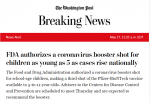





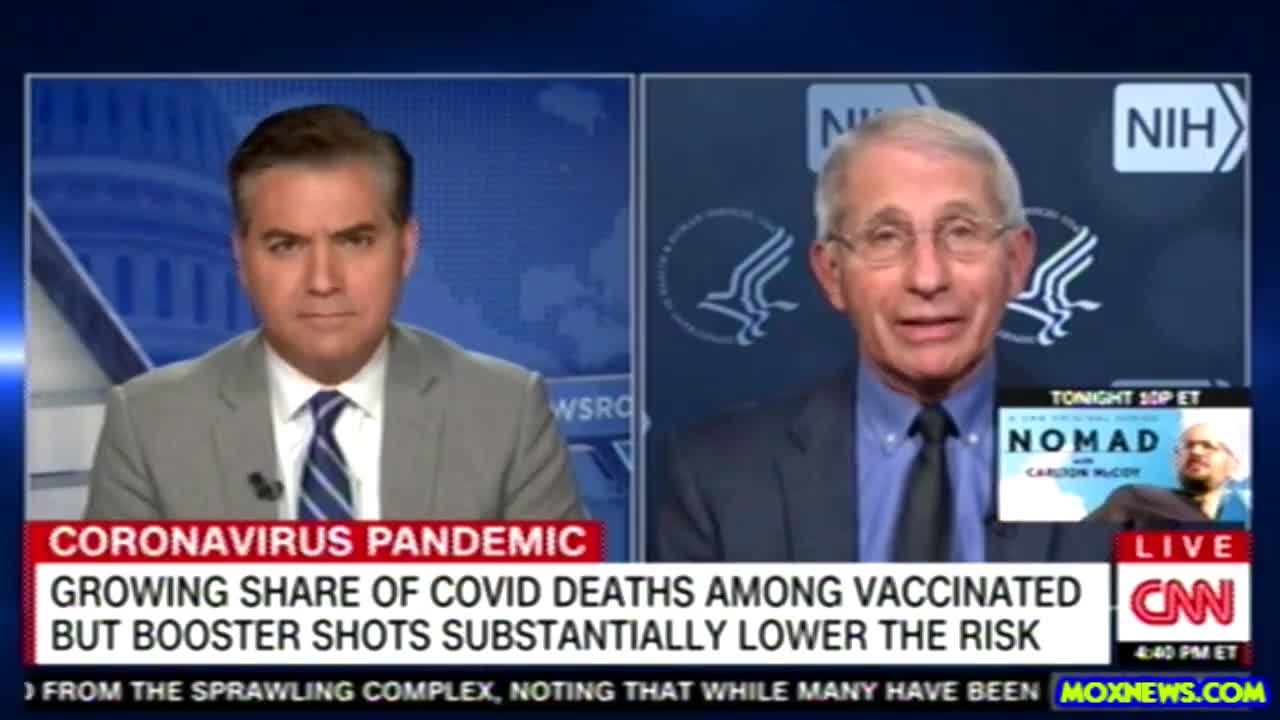







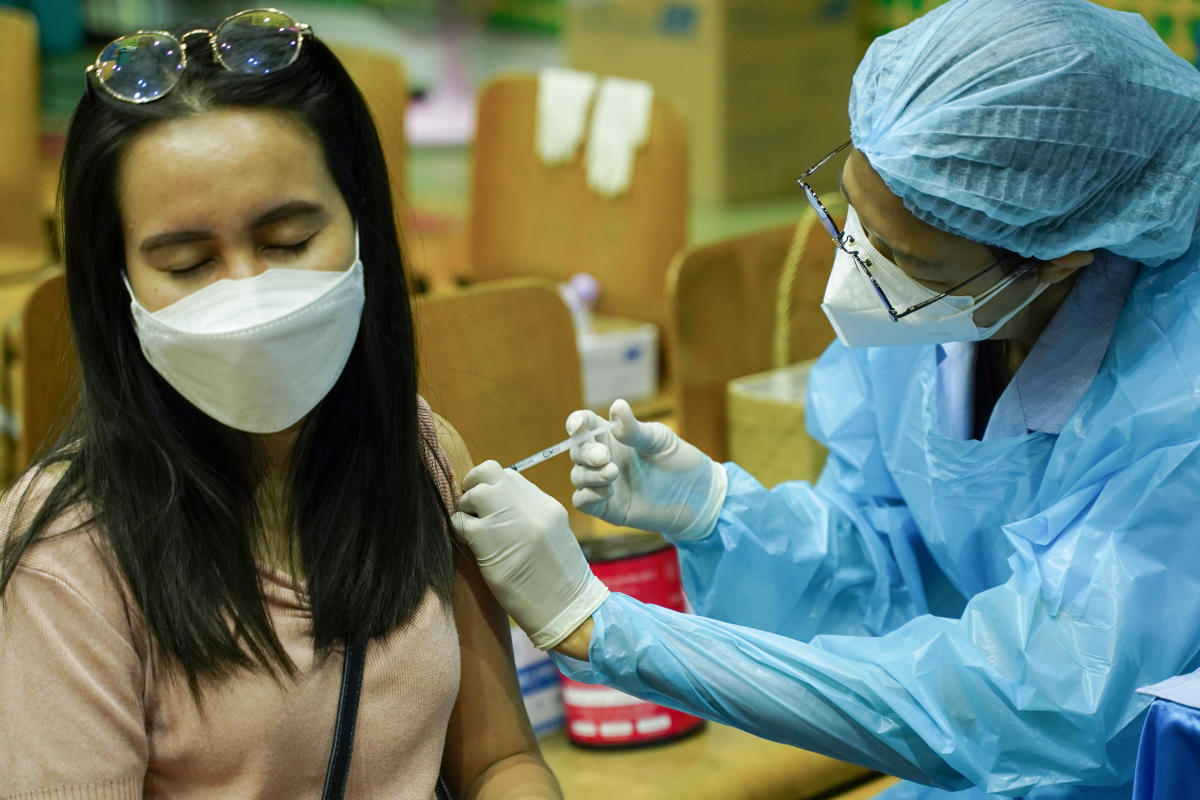
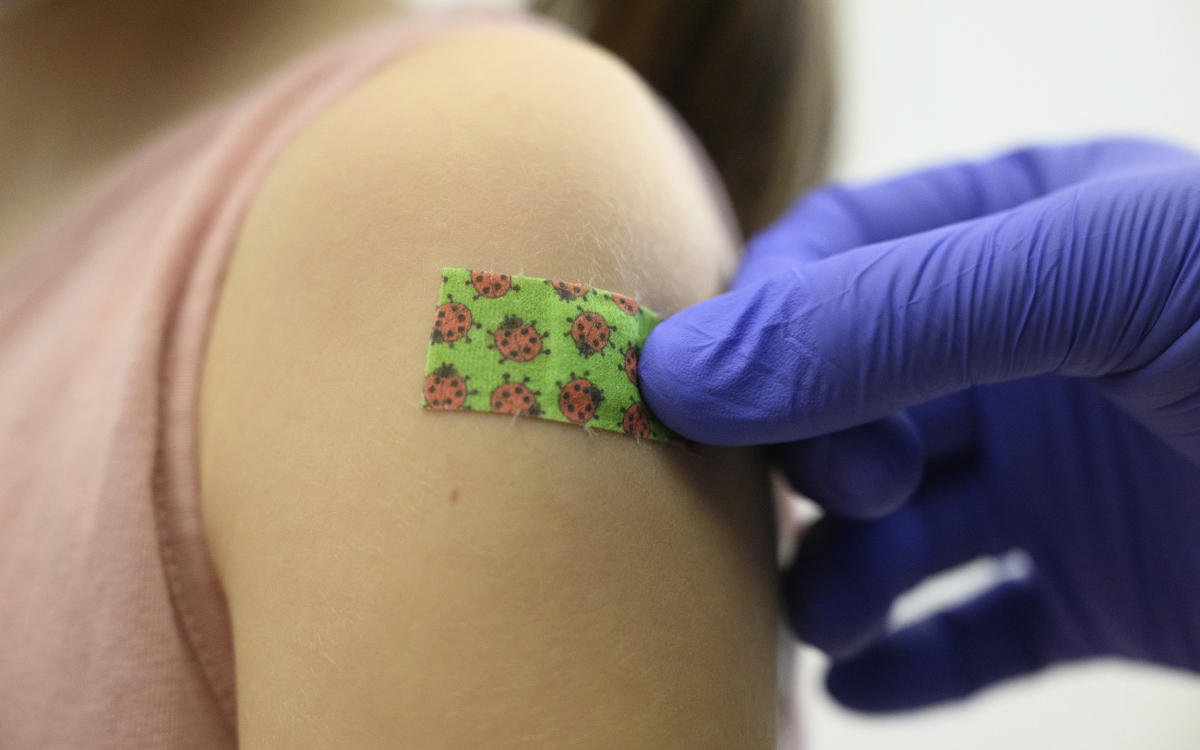
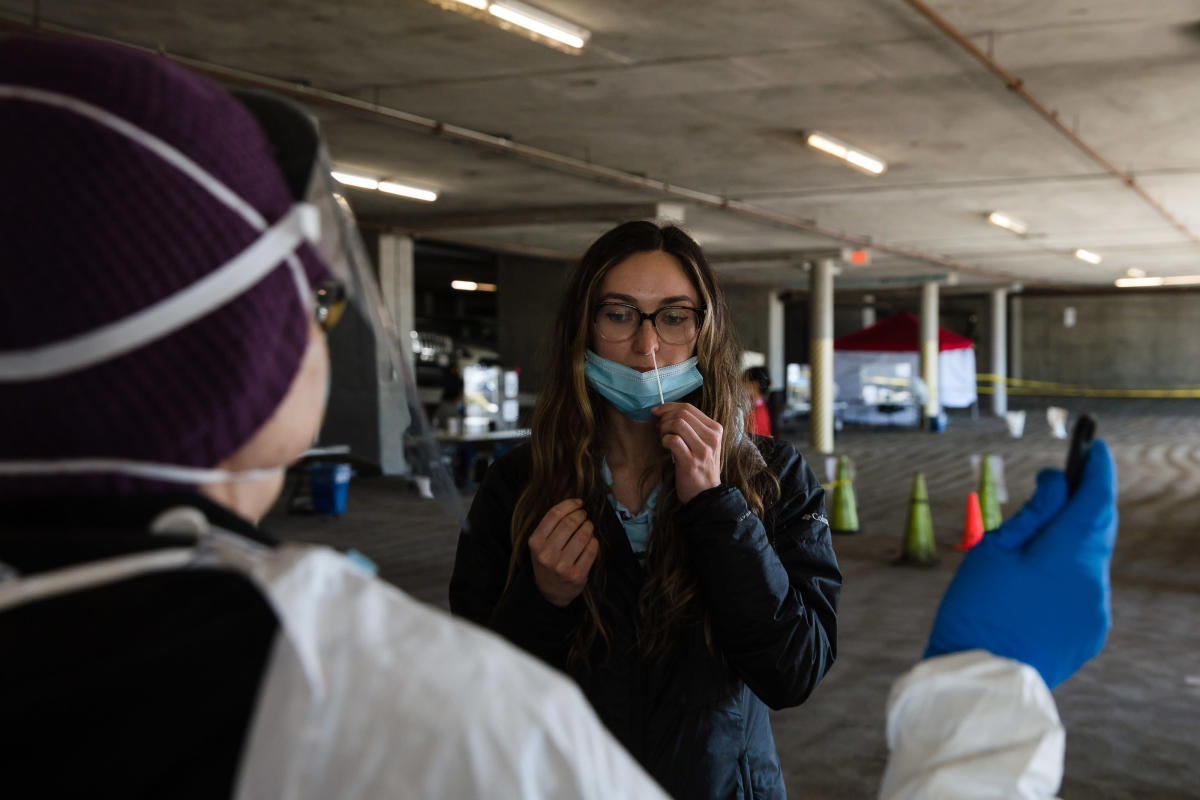
 .
.
